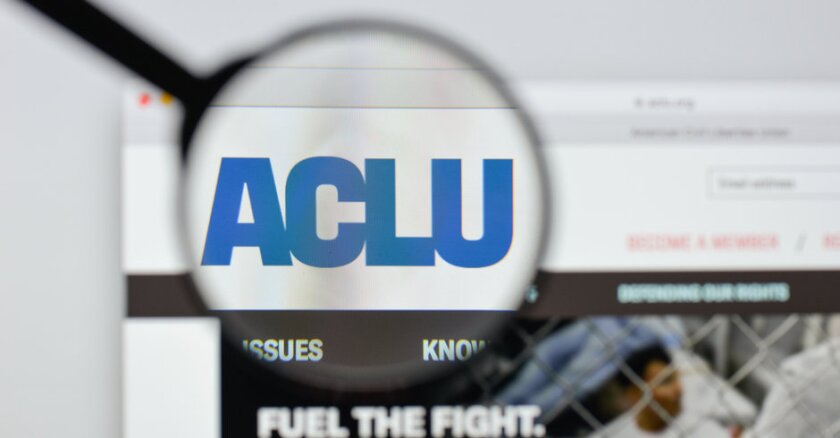Understanding the ACLU Logo: History and Design
The ACLU logo is a simple yet powerful image consisting of the organization’s initials: “ACLU” enclosed in a circle. The letters are typically bold and capitalized, often depicted in blue or black against a white background. This emblem is instantly recognizable and has become synonymous with the ACLU’s mission of defending and preserving individual rights and liberties.
The Evolution of the ACLU Logo
The ACLU was founded in 1920 during a period of heightened social and political tensions in the United States. Its founders sought to safeguard civil liberties, particularly freedom of speech, freedom of the press, and the separation of church and state. As the organization grew, so did the need for a symbol that would effectively represent its values and goals.
In 1968, the ACLU adopted its current logo, designed by artist Herb Lubalin. Lubalin’s design was simple yet impactful, capturing the essence of the organization’s mission in a single image. The circular shape symbolizes unity and inclusivity, while the bold lettering conveys strength and resolve. Over the years, the ACLU logo has become an emblem of hope and advocacy for millions of Americans.
Symbolism of the ACLU Logo
Every element of the ACLU logo holds significance, reflecting the organization’s core principles and beliefs. The circular shape represents unity and solidarity, emphasizing the importance of standing together in the fight for civil liberties. The bold lettering signifies strength and resilience, reminding us of the ACLU’s unwavering commitment to defending the rights of all individuals, regardless of their background or beliefs.
Moreover, the choice of colors is not arbitrary. Blue is often associated with trust, stability, and sincerity, qualities that are integral to the ACLU’s work. By using blue in its logo, the organization seeks to convey a sense of reliability and integrity, reassuring supporters that their rights are in capable hands.
Why Does the ACLU Logo Matter?
The ACLU logo serves as more than just a visual representation of the organization—it is a rallying cry for justice and equality. It serves as a beacon of hope for those whose rights have been infringed upon, reminding them that they are not alone in their struggle. Additionally, the logo plays a crucial role in raising awareness and garnering support for the ACLU’s initiatives and campaigns. Also read What is Aarpa and Why Should You Know About It?
Furthermore, the ACLU logo has transcended its role as a mere symbol; it has become a cultural icon. From protest signs to social media profiles, the logo is ubiquitous in the fight for civil liberties. Its presence serves as a reminder of the progress that has been made and the work that still lies ahead.



